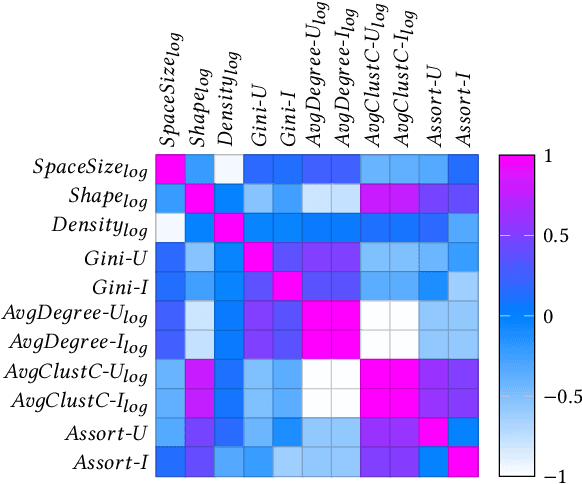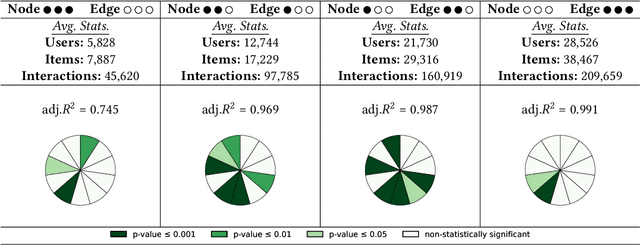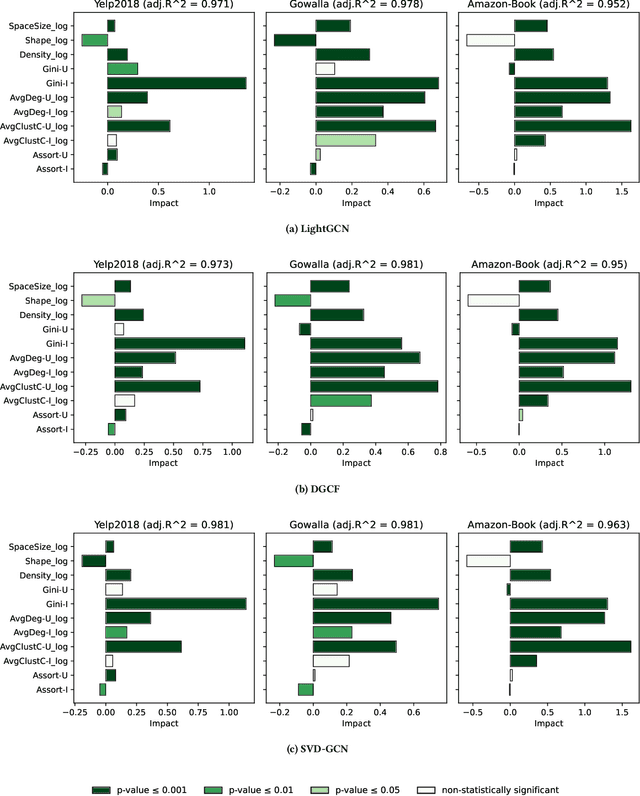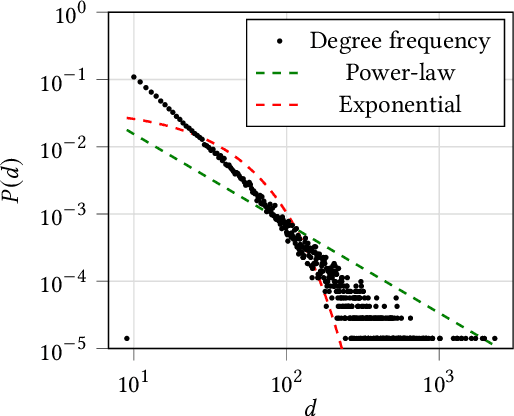A Novel Evaluation Perspective on GNNs-based Recommender Systems through the Topology of the User-Item Graph
Paper and Code
Aug 21, 2024



Recently, graph neural networks (GNNs)-based recommender systems have encountered great success in recommendation. As the number of GNNs approaches rises, some works have started questioning the theoretical and empirical reasons behind their superior performance. Nevertheless, this investigation still disregards that GNNs treat the recommendation data as a topological graph structure. Building on this assumption, in this work, we provide a novel evaluation perspective on GNNs-based recommendation, which investigates the impact of the graph topology on the recommendation performance. To this end, we select some (topological) properties of the recommendation data and three GNNs-based recommender systems (i.e., LightGCN, DGCF, and SVD-GCN). Then, starting from three popular recommendation datasets (i.e., Yelp2018, Gowalla, and Amazon-Book) we sample them to obtain 1,800 size-reduced datasets that still resemble the original ones but can encompass a wider range of topological structures. We use this procedure to build a large pool of samples for which data characteristics and recommendation performance of the selected GNNs models are measured. Through an explanatory framework, we find strong correspondences between graph topology and GNNs performance, offering a novel evaluation perspective on these models.
 Add to Chrome
Add to Chrome Add to Firefox
Add to Firefox Add to Edge
Add to Edge